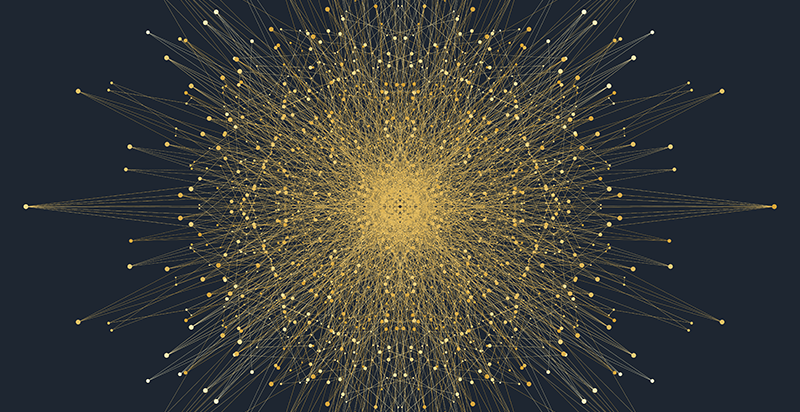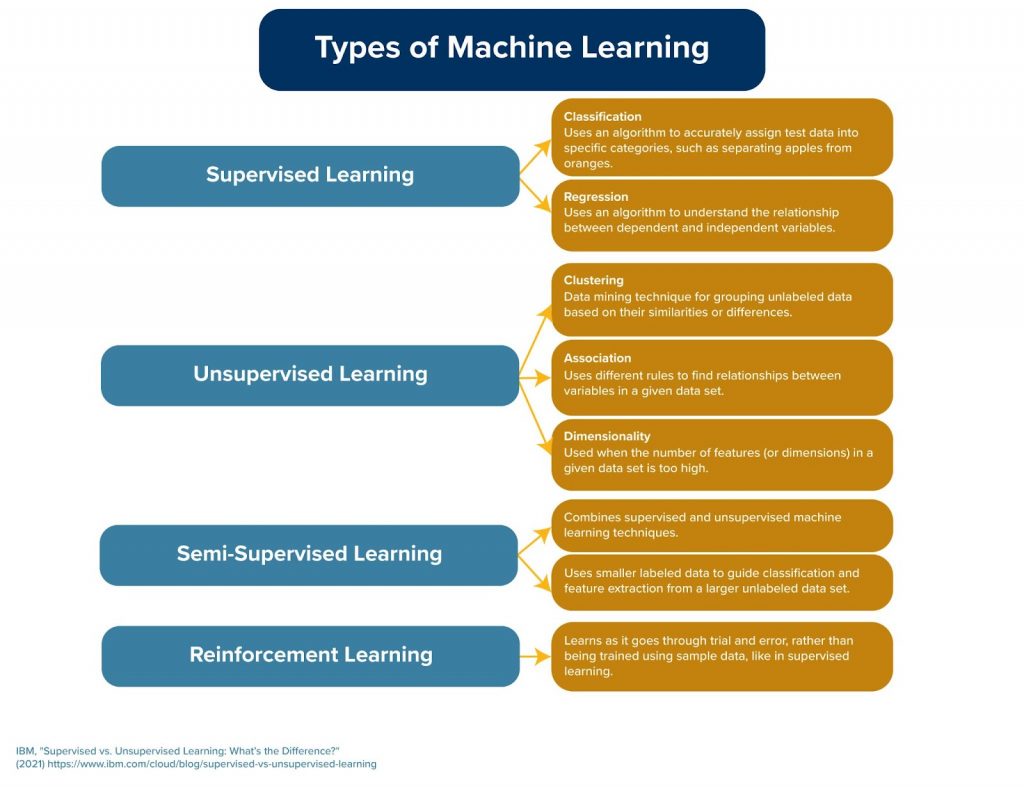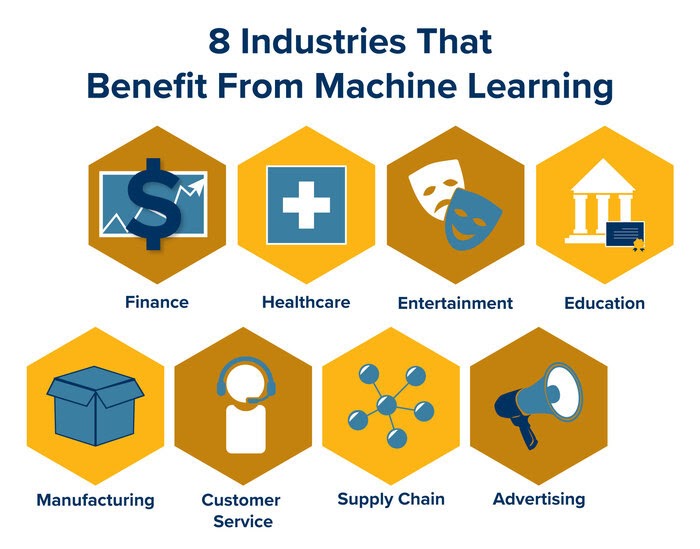Machine learning is an exciting and high-growth sector. As technology advances, organizations will continue to collect more and more data to grow their companies. Being able to process that data effectively will be critical to their success. We’ll discuss how to get started with machine learning in this section.
One great way to learn machine learning is through a boot camp. Online boot camps provide flexibility, innovative instruction and the opportunity to work on real-world problems to help you get hands-on experience. These online programs provide the flexibility needed to learn machine learning in 24 weeks while maintaining your work or college schedule.
Machine learning is an integral part of multiple fields, so there are many opportunities to apply your ML skills. Berkeley Data Analytics Boot Camp offers a market-driven curriculum focusing on statistical modeling, data visualization and machine learning. Another option is Berkeley FinTech Boot Camp, a curriculum teaching marketable skills at the intersection of technology and finance. Topics covered include financial analysis, blockchain and cryptocurrency, programming and a strong focus on machine learning and other AI fundamentals.
Are you interested in machine learning but don’t want to commit to a boot camp or other coursework? There are many free resources available as well. This list of free STEM resources for women and girls who want to work in machine learning is a great place to start. These kinds of resources allow you to get started in exploring machine learning without making a financial or time commitment.
No matter how you get started, ML skills are valuable and can help you progress even in your current career. The importance of data and machine learning will only be more profound in the future, and learning these skills now will help you keep your competitive edge no matter what industry you’re in or plan to transition into down the road.
 Live Chat
Live Chat


